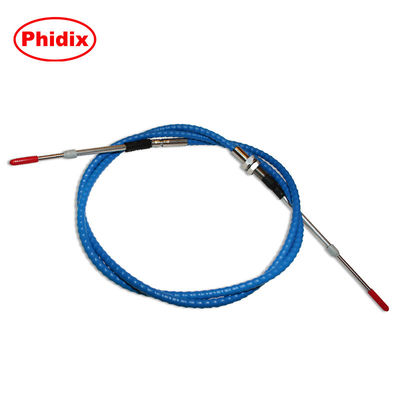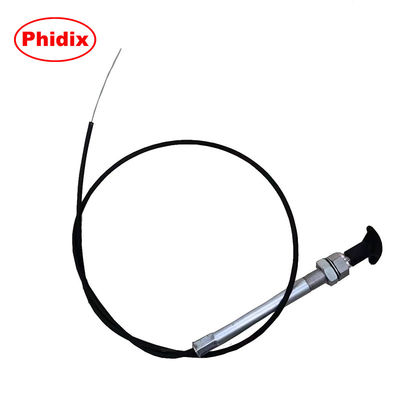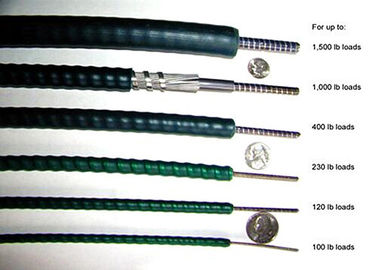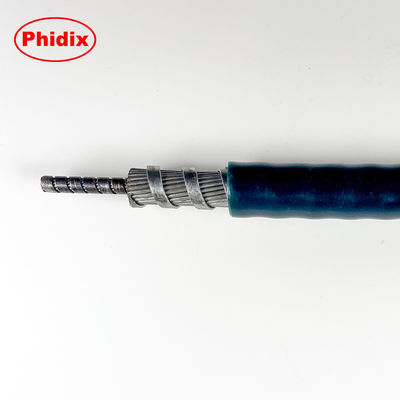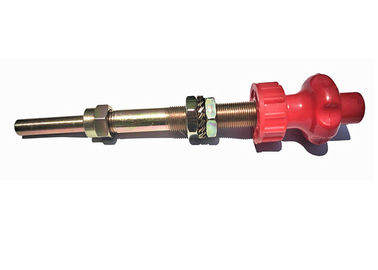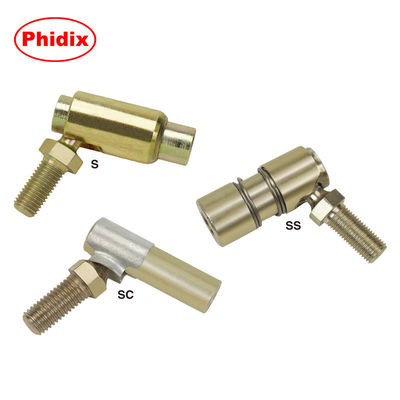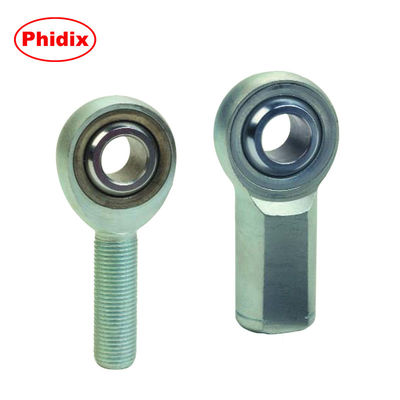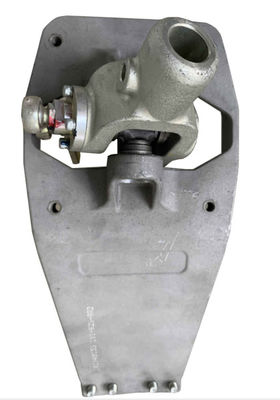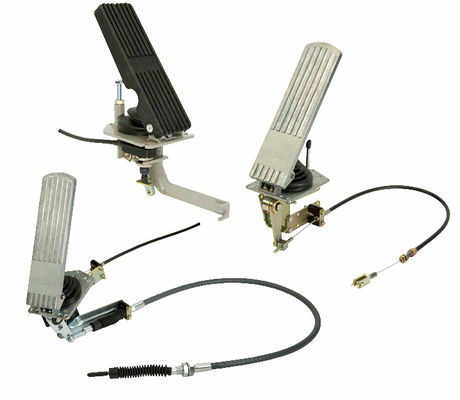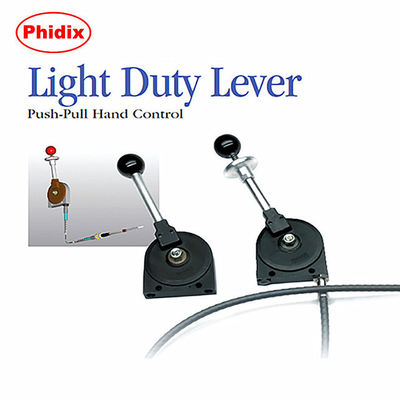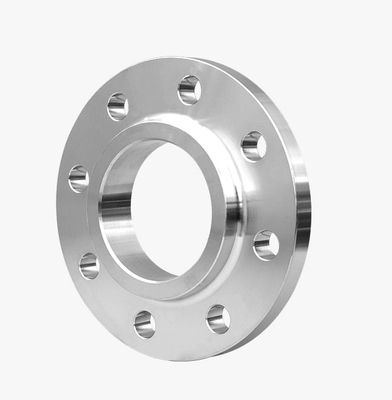A reliable brake cable system is critical for safety and performance across vehicles, from bicycles to heavy-duty machinery. But what separates a premium system from a subpar one? Below, we break down the technical and functional attributes that define excellence in brake cable design and manufacturing. High Performance Mechanical Control Cable Push Pull Control Cable
1. High-Grade Materials for Durability and Corrosion Resistance
Premium brake cables use stainless steel inner cores or galvanized steel strands coated with PTFE (Teflon) or nylon. These materials ensure:
-
Long-term strength under tension and load stress.
-
Resistance to rust and corrosion, even in humid or salt-exposed environments.
-
Reduced friction for smoother operation.
For outer casings, high-density polyethylene (HDPE) or abrasion-resistant nylon shields the inner cable from dirt, moisture, and UV damage.
2. Advanced Friction-Reduction Technologies
Friction directly impacts braking responsiveness. Top-tier systems integrate:
-
Self-lubricating liners (e.g., nylon or HDPE) to minimize internal resistance.
-
PTFE-coated inner wires for silky-smooth force transmission.
-
Pre-lubricated assemblies that reduce maintenance needs while ensuring consistent performance.
3. Weatherproof and Contaminant-Resistant Design
High-quality systems prevent environmental degradation through:
-
Zinc-cobalt plating on fittings to withstand corrosion.
-
Sealed conduit joints that block dirt, water, and debris.
-
Durable outer jackets that resist cracking in extreme temperatures.
These features ensure reliability in rain, mud, or freezing conditions—critical for industrial and off-road applications.
4. Precision Engineering for Compatibility
A superior brake cable system must align with specific vehicle requirements:
-
Customizable fittings (clevises, end rods) for seamless integration with existing brake levers and calipers.
-
Load-tested cores (e.g., 1x19 or 1x37 steel strands) calibrated to handle manufacturer-specified tension levels.
-
Flexible routing options to accommodate complex installations without compromising bend radius limits.
5. Ease of Installation and Maintenance
B2B buyers prioritize systems that reduce downtime:
-
Pre-assembled kits with swaged fittings for quick, tool-free installation.
-
Adjustable tension mechanisms to fine-tune braking response without disassembly.
-
Modular designs allow replacing individual components (e.g., inner wires) instead of the entire assembly.
Regular maintenance is simplified with wipe-clean surfaces and corrosion-resistant coatings.
6. Rigorous Performance Testing
Trusted manufacturers validate their cables through:
-
Proof-loading (e.g., 1,200–2,400 lbs stress tests).
-
Cycle testing to simulate years of use under repetitive strain.
-
Environmental exposure trials for UV, moisture, and temperature resilience.
Why Does This Matter for Your Business?
Investing in high-quality brake cables reduces long-term costs by:
-
Minimizing replacements and warranty claims.
-
Enhancing safety compliance and customer trust.
-
Boosting operational efficiency in fleets or manufacturing.
Final Takeaway:
A top-tier brake cable system isn’t just about materials—it’s a synergy of engineering precision, friction management, and environmental adaptability. For businesses, this translates to safer vehicles, lower maintenance overhead, and a stronger market reputation.

 Your message must be between 20-3,000 characters!
Your message must be between 20-3,000 characters! Please check your E-mail!
Please check your E-mail!  Your message must be between 20-3,000 characters!
Your message must be between 20-3,000 characters! Please check your E-mail!
Please check your E-mail! 
